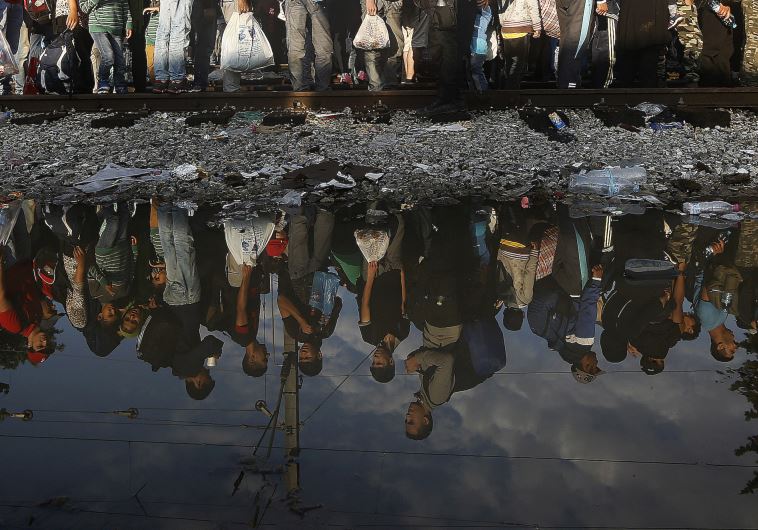Behind the Lines: The Syrian cauldron
The current reality of the Middle East is reflected in miniature in northern Syria - and Israel is watching and waiting.
 Syrian refugees are reflected in a puddle as they wait for their turn to enter Macedonia at Greece's border
Syrian refugees are reflected in a puddle as they wait for their turn to enter Macedonia at Greece's border